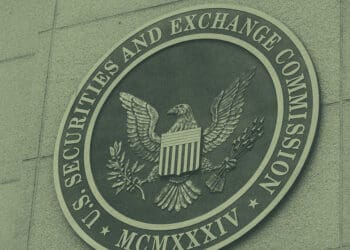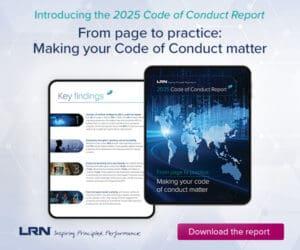With the longest shutdown in US history over, but further shutdowns likely, what steps should SEC-registered organizations take to limit the future impact on their operations and dealings with the commission? CCI spoke to Jay Dubow, a partner at Troutman Pepper Locke, to find out.
After a 42-day shutdown, the longest in American history, various levers of the federal government began to lurch back into action Nov. 12. While the SEC wasted little time in getting back to its enforcement processes, alleging misrepresentation by six investment advisers, it’s reasonable for registrants with business pending before the commission to expect a backlog.
Add to that the Trump-era federal layoffs, which have resulted in an estimated 15% loss of the SEC’s staff, and it’s not hard to imagine a frustratingly long delay for companies. However, Jay Dubow, partner and co-lead of Troutman Pepper Locke’s securities investigations and enforcement practice group, is optimistic about how quickly the commission’s remaining staff will bounce back.
“The SEC has in the past responded quickly in getting back to pre-shutdown levels, and I expect that to be the same here.” Dubow cautioned, though, that companies would be well-advised to consider the increasing frequency of government shutdowns as they assess their risk for SEC enforcement or examinations. Since 1981, the federal government has had just under 120 days of major shutdowns; nearly two-thirds of those funding pauses have occurred in the past seven years.
Below is a brief, lightly edited Q&A with Dubow on what companies should expect now that the SEC, and the rest of the federal government, is up and running — for now.

CCI: What is typical for companies to experience during a government shutdown? Do all SEC-related processes halt, including filings, or are some systems insulated from this issue?
JD: From an enforcement and examination aspect, almost all were halted during the shutdown. A few exceptions were for what was viewed as emergencies, and the SEC had a skeleton staff to handle those. I am not involved in filings.
CCI: Now that the shutdown is officially over, how long can companies expect halted processes to begin again, and are there lessons we can learn from past shutdowns regarding how long it may take to return to normal?
JD: For many investigations or examinations, they are picking up right away. There may be a little extra delay if new issues came in to which staff members were directed. I would expect it to return to a normal situation pretty quickly with the SEC staff trying to push things as fast as possible to get done.
CCI: This is the longest shutdown in US government history. Should we expect a greater impact on registrants as compared to previous shutdowns?
JD: I think the length of the shutdown was obviously longer than prior ones, but other than a little more time, the impact should be similar. I think that registrants were subject to a change in environment before the shutdown with the new administration and DOGE efforts that resulted in a large exodus of staff members as well as the change of focus by the SEC from the past administration.
CCI: What are the first signs companies should look for that indicate the SEC is actually back to normal operations versus just technically open? How long did it take after past shutdowns for staff responsiveness to return to pre-shutdown levels? On a semi-related note, the commission has lost about 15% of its staff this year; will that play a role here?
JD: From an enforcement perspective, it will be case-by-case and the dealings that counsel have with the staff. The SEC has in the past responded quickly in getting back to pre-shutdown levels, and I expect that to be the same here, but as noted before the prior layoffs have been having an impact already on the number of investigations.
CCI: What lessons from this shutdown should companies incorporate into their ongoing compliance and governance practices? Are there contingency plans or operational adjustments that make sense given that shutdowns are becoming more common? Two of the five shutdowns since 1981 have been in the past decade; how should companies and their boards factor the increasing likelihood of future shutdowns into their capital markets planning, transaction timing and regulatory strategies?
JD: I can only address the enforcement and examination side. If there is a threat of a potential shutdown in the future, assume that it will happen. Usually, it is not in the interest of a party under investigation to try to accelerate the investigation, so there is not a reason to try to push things on the defense side. Having said that, if there are outstanding requests for documents or information during a shutdown, it is a good idea to continue collecting them while shutdown to be ready for when the shutdown ends.











